Results
-
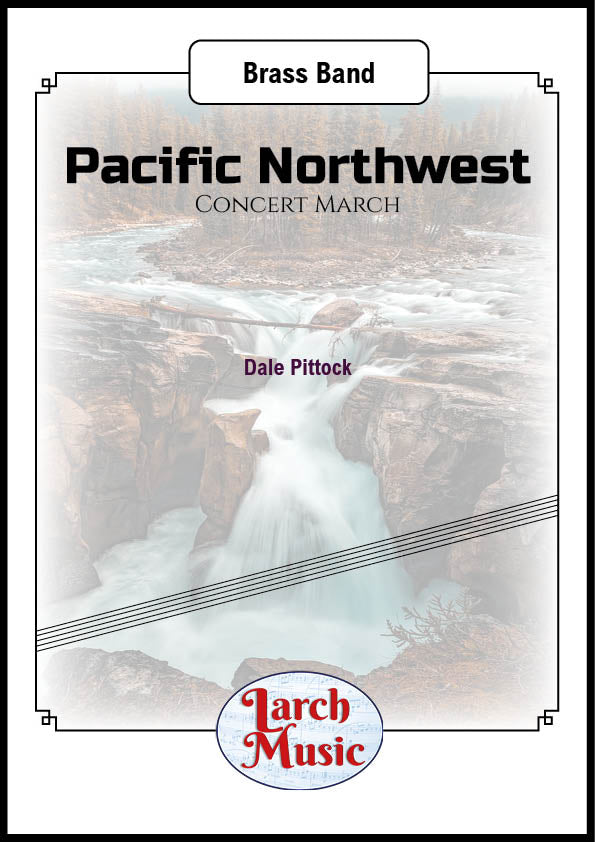 £30.00
£30.00Pacific Northwest (Concert March) (Dale Pittock) - Brass Band Full Score and Parts - LM481
COMPOSER: Dale PittockA great new concert march to add to the repertoire.LM481ISMN : 9790570004812
In Stock: Estimated dispatch 3-5 working days
-
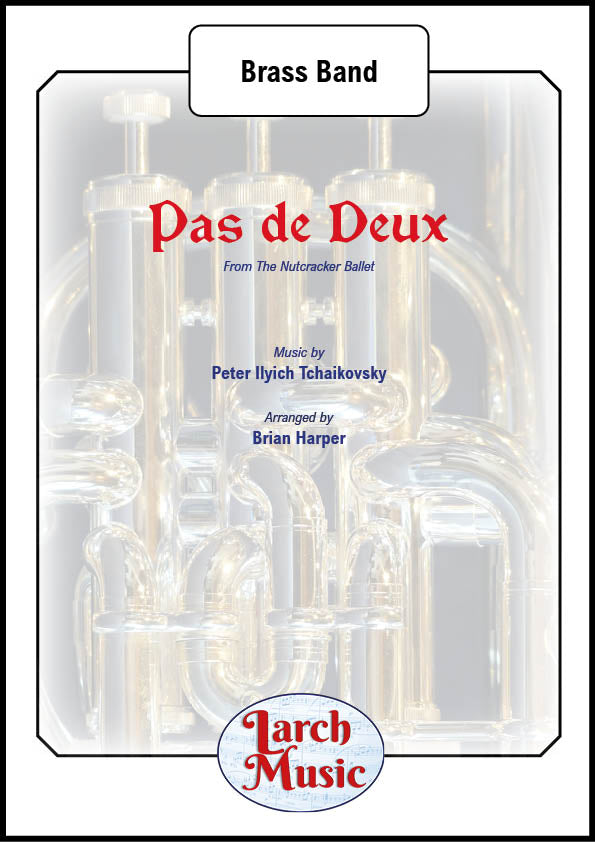 £25.00
£25.00Pas de Deux - Brass Band - LM944
COMPOSER: TchaikovskyARRANGER: Brian HarperNo. 5Pas de Deux for Two Merry-makers from Tchaikovsky's ballet "The Nutcracker"
In Stock: Estimated dispatch 3-5 working days
-
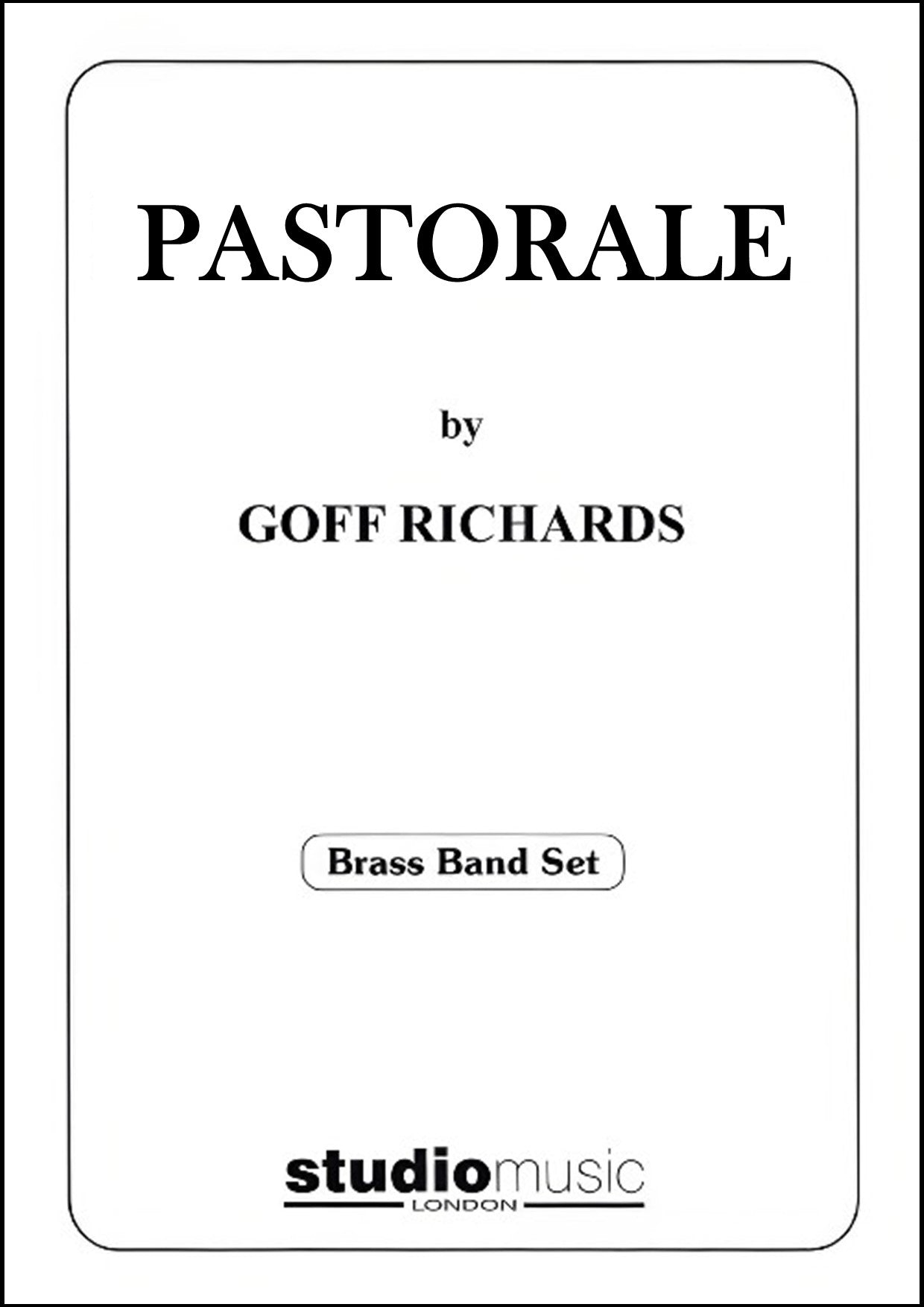 £37.95
£37.95Pastorale - Brass Band Sheet Music Score & Parts
COMPOSER : Goff Richards
In Stock: Estimated dispatch 3-5 working days
-
 £30.00
£30.00Pentre Ifan - Brass Band - LM948
COMPOSER: Alex McGeePentre IfanPentre Ifan (literally "John's Village") is the name of an ancient manor in the community and parish of Nevern, Pembrokeshire, Wales.It is 11 miles (18 km) from Cardigan, Ceredigion, and 3 miles (4.8km) east ofNewport, Pembrokeshire.Pentre Ifan contains and gives its name to the largest and best preserved Neolithicdolmenin Wales.Suitable for Most Bands - Duration 6 mins (Approx.)
In Stock: Estimated dispatch 3-5 working days
-
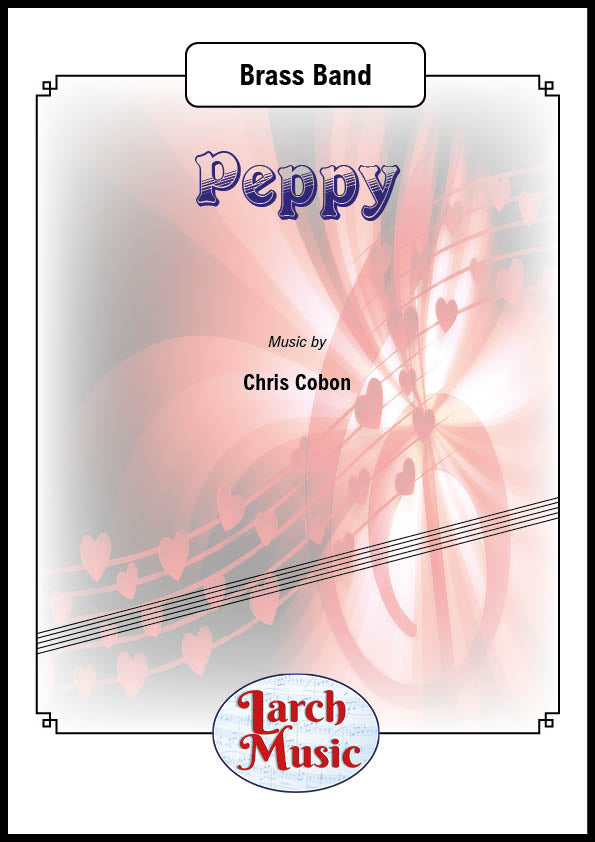 £25.00
£25.00Peppy - Brass Band - LM346
COMPOSER: Chris CobonPeppy - ADJECTIVESomeone or something that is peppy is lively and full of energyThis high-spirited composition introduces a number of lively melodies before combining them all together.Suitable for light concerts and bandstands, there's something for each section in this piece.Even the basses take their turn with the tune before a frantic rush to the finish.Are you feeling Peppy?Suitable Section 4 Upwards
In Stock: Estimated dispatch 3-5 working days
-
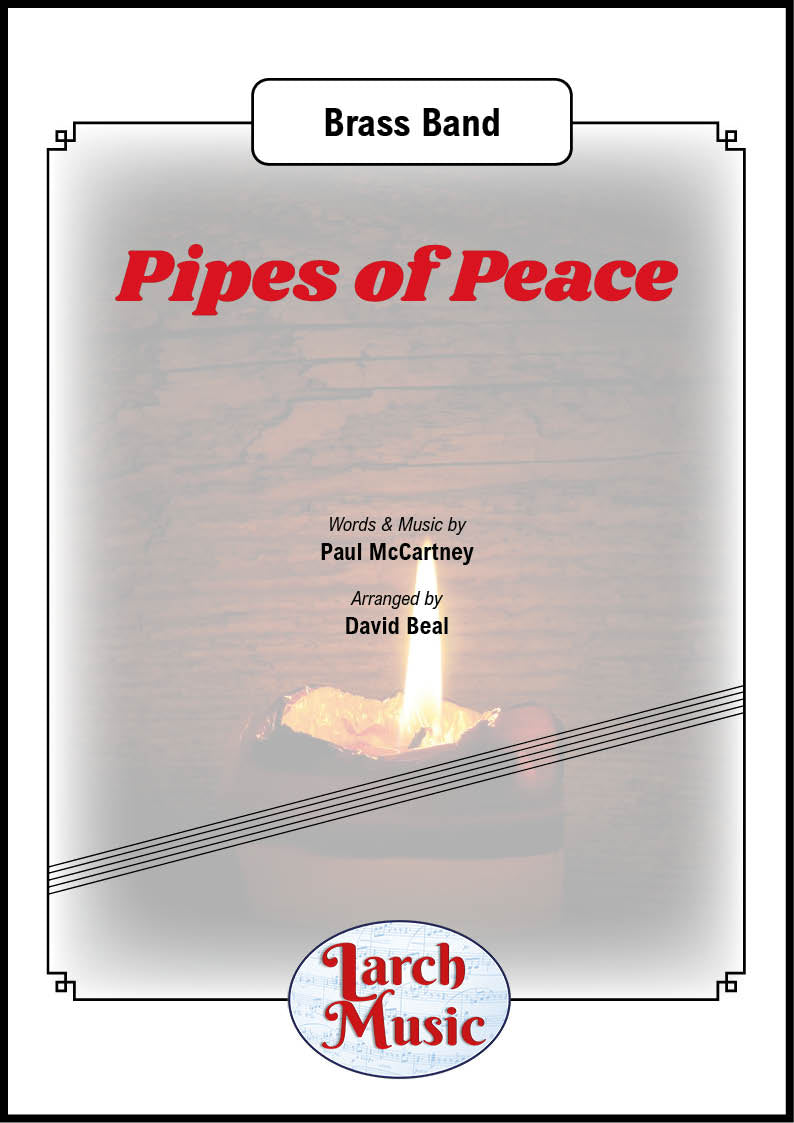 £21.50
£21.50Pipes of Peace (Paul McCartney arr. by David Beal) - Brass Band Sheet Music Full Score and Parts - LM710
COMPOSER: Paul McCartneyARRANGER: David BealPipes of Peace portrays a British and a German soldier who meet up in No Man's Land and exchange photos of their loved ones while other soldiers fraternise and play football. When a shell blast forces the two armies to retreat to their own trenches both men realise that they still have each other's pictures.
In Stock: Estimated dispatch 3-5 working days
-
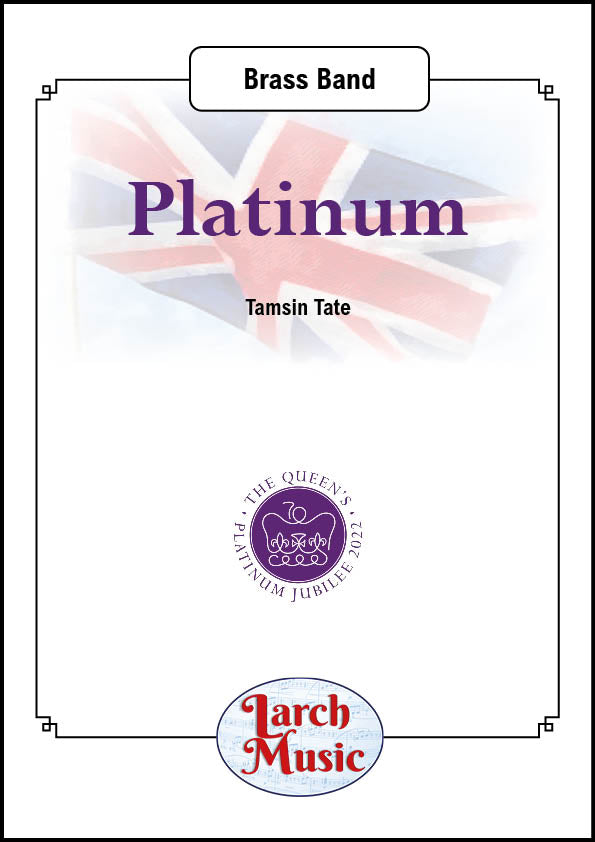 £30.00
£30.00Platinum - Brass Band - LM828
COMPOSER: Tamsin TateWritten to commemorateThe Platinum Jubilee ofHer Majesty Queen Elizabeth IIIn 2022, Her Majesty The Queen will become the first British Monarch to celebrate a Platinum Jubilee, seventy years of service, having acceded to the throne on 6th February 1952 when Her Majesty was 25 years oldSuitable for Most Bands
In Stock: Estimated dispatch 3-5 working days
-
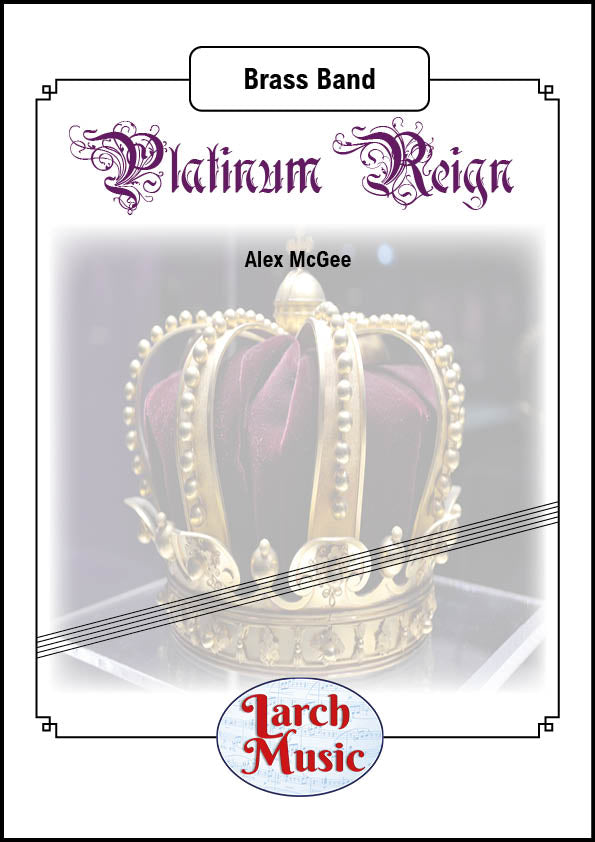 £30.00
£30.00Platinum Reign - Brass Band - LM965
COMPOSER: Alex McGeeWritten to commemorateThe Platinum Jubilee ofHer Majesty Queen Elizabeth IIIn 2022, Her Majesty The Queen will become the first British Monarch to celebrate a Platinum Jubilee, seventy years of service, having acceded to the throne on 6th February 1952 when Her Majesty was 25 years oldSuitable for Most Bands
In Stock: Estimated dispatch 3-5 working days
-
 £25.00
£25.00Praelude - Brass Band Sheet Music Full Score & Parts - LM350
COMPOSER: Wilfried WeilandAn original composition ideal for a concert opener from Wilfried WeilandPlenty of work from all sections making this piece a stunning start to your concert.LM350 - ISMN : 9790570003501
In Stock: Estimated dispatch 3-5 working days
-
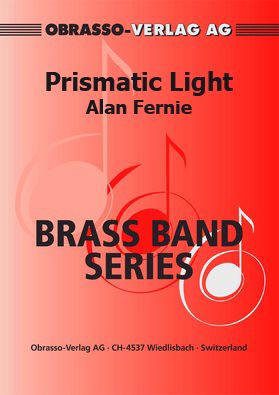 £50.90
£50.90Prismatic Light - Alan Fernie - Brass Band - Alan Fernie
COMPOSER: Alan FerniePrismatic Light is a composition by Alan Fernie
In Stock: Estimated dispatch 3-5 working days










